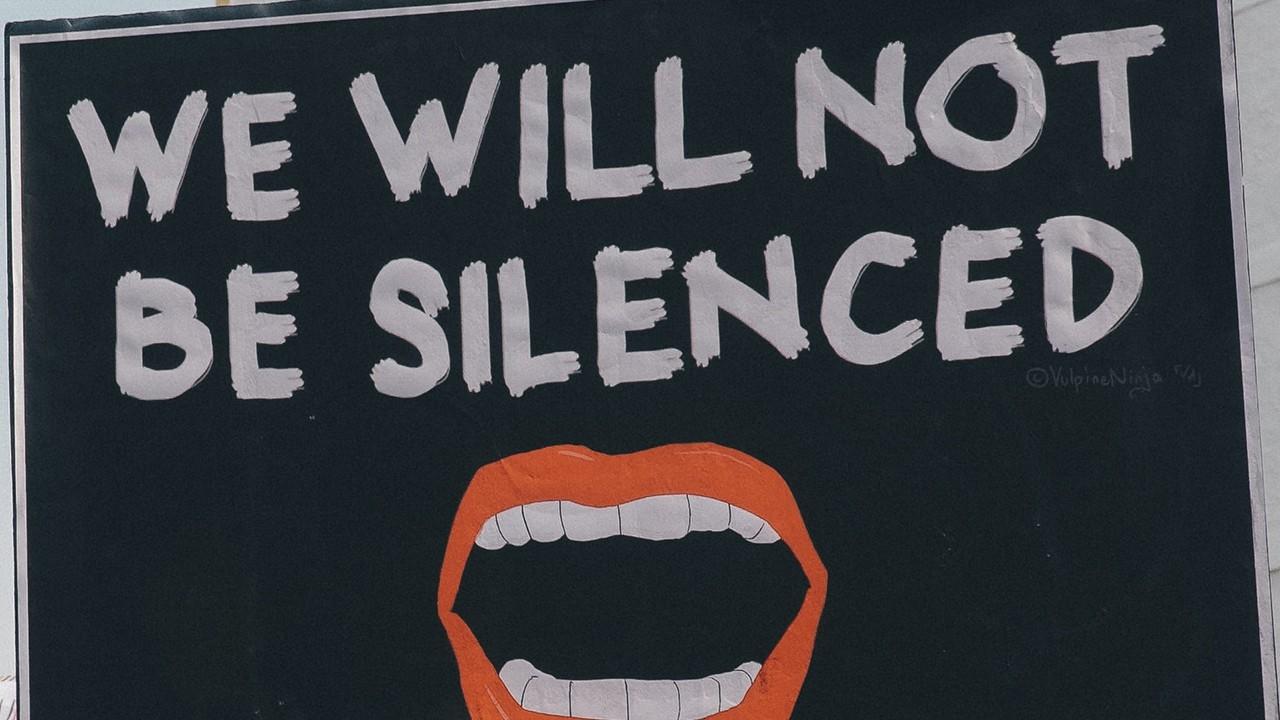What we can do to disrupt social hierarchies at work

Plaintiffs, courts, and employers tend to not see discrimination as a systemic problem, say the authors of Rights on Trial. Courts and employers tend to address discrimination individually. The result: a general commitment to the ideals of civil rights while delegitimizing workers claims and blaming victims — with a diluting of law, undermining of rights, and reproduction of hierarchy. Discrimination law is not intended to disrupt the authority of the managers in running the employer organization, which are overwhelmingly managed by the traditionally advantage social group in American society: white men.
Frivolous claims are a myth. While implicit bias is the more common form of discrimination, most instances of reported discrimination were not subtle. Still, the vast majority of potential grievants do not file with the EEOC or in federal court. “Only one in 100 potential African-American grievants filed a charge with the EEOC, and 13 in 10,000 potential African-American grievants filed a federal lawsuit,” say the authors. Plaintiff attorneys take only about “one and 10 cases.”
So what can we do? Despite the powerful opposition from business and insurance companies to efforts to expand access to civil justice for plaintiffs, here are possible ways to fix the re-inscription of ascribed hierarchies:
- Ban non-disclosure agreements (NDAs). The most common outcome of cases is a settlement that includes a confidentiality provision about the outcome of the case. Such agreements reduce the likelihood that taking legal action will create fundamental change in the organization.
- Class action lawsuits. Cases involving larger classes of plaintiffs and which aim at the systemic discrimination are far more likely to succeed in court and to impact the employing organization. Systemic cases under the EEOC may become more important as a source of collective litigation.
- Publicly reporting of the gender and racial makeup of workforces. Employers with 100+ employees and federal contractors with 50+ employees currently must submit an EON1 report indicating the gender and racial makeup of broad occupational categories of their workforce. If the data were made public, it would allow potential plaintiffs and attorneys an opportunity to assess the likelihood that illegal discrimination plays a role in the reward structures of employers.
- Making de-identified wage and salary data available by protected category through the Paycheck Fairness Act proposed in Congress. While the data may reveal equity, in many cases it could reveal disparities that employers could voluntarily remedy or allow workers to file suit. California has already passed the Fair Pay Act that protects the rights of workers to ask about the compensation of coworkers in similar jobs.
- Expanding the infrastructure of public interest lawyering. Some public interest law organizations provide representation on employment civil rights cases. If these organizations could obtain more support for systemic employment civil rights litigation from government, labor, community organizing, or philanthropic sources, it might increase the overall level of collective legal action. We need to understand the relatively limited capacity of public interest law firms in employment civil rights.
- Providing more resources to the EEOC and state fair employment agencies or FEPAs, who can develop better forms of communication to and support of charging parties, and addressing racial disparities in legal representation.
- Convincing management to adopt policies and practices less subject to bias. Less than 10% of the American workforce currently belong to unions. If a new generation of diversity officers can make the case to management that it’s in the best interest of the organization to adopt personnel policies and practices that are less subject to bias, it might promote opportunities for traditionally disadvantaged groups. Broader social and political changes may support a new framework for civil rights in the workplace. As the workplace becomes increasingly heterogeneous demographically and employers work to maintain a committed workforce, employers may turn to rights-based personnel systems.
- Furthering social movements that focus on economic inequality as a social problem, including effort to raise the minimum wage. Other societies approach employment law with a more collectivist orientation. In some countries, this approach results in a more worker-friendly outcome.
The deeply held and opposing views of plaintiffs lawyers and defense lawyers indicate that the prospects for finding win-win, commonsensical ways to improve the system of employment civil rights litigation will likely prove elusive. There is a fundamental conflict between a rights-based legal order in employment and the managerial and social hierarchies that control workplace relationships.
But the combination of the threat of litigation, activist campaigns, and the leadership of professionals inside organizations can make rights real. These processes could be aided by employee campaigns.
Photo by Michelle Ding.
Stay connected with news and updates!
Join our mailing list to receive the latest news and updates from our team.
Don't worry, your information will not be shared.
